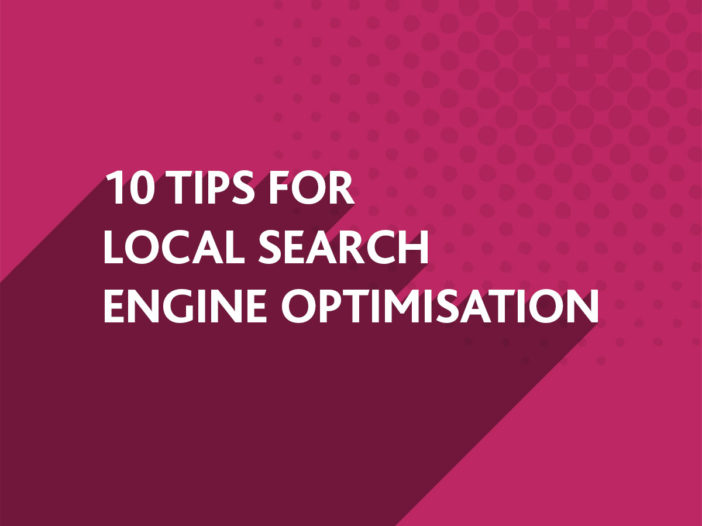
10 Top Tips for Local Search Engine Optimisation
Local search engine optimisation results have experienced a major overhaul within the Google SERPs (Search Engine Results Pages) which has resulted in a fantastic opportunity for small and medium-sized businesses to get noticed more online.
Local search engine optimisation results were previously relegated to a small map, which would appear within the first page of results, but now they enjoy first page domination for local search terms.
The benefit of this to small businesses is that they can now appear above their much larger revivals who are relegated to the last few results on page one of Google.
Don’t miss out on local search engine optimisation results as they could be your next customers!
Here are 10 Top Tips for Local Search Engine Optimisation to help you capture them:
1. Claim your Google Places listing.
It’s easy to do and if one doesn’t exist for your business then you can quickly and simply create one. What is it? A Google Places listing is effectively a profile attached to Google’s local search results. It is important because Google ranks these profiles above all others in their new first page local search results.
2. Add pictures to your Google Places listing.
The effectiveness of your Google Places listing is impacted by its completeness. Images will not only flesh out your listing but when they appear in the search results, besides your Google Places listing, they are eye-catching and attractive which will increase clicks.
3. Gather citations.
Citations are instances on the web where your business is mentioned, Google uses the consistency of the information it finds and the authority of the referring site to boost your rank in local search engine results. The quality, as well as the volume of citations, is an important factor in local search engine optimisation.
4. Include your locality in on-page optimisation.
Revisit your META and Title Tags to ensure your town is included wherever possible. Make sure your address appears on every page and that you have a contact page.
5. Submit your site.
You should submit your site to local directories including Yell.com, Qype.co.uk, Hotfrog.co.uk, local Chamber of Commerce and business directories. Local directories will have greater relevance in local search as it narrows your field of operation for Google to a localised area.
6. Manage your online exposure.
Make sure the information distributed across the web that pertains to your business is managed carefully. Trawl local directories and existing listings, double-check that your details are correct and that they match both your Google Places contact information as well as your websites contact page.
7. Get your reviews and testimonials on the web.
No doubt you will already have testimonials collected from customers, these need to go online as well as in other marketing materials. Put a process in place of asking satisfied customers to review you online if at all possible. Pen a short email with instructions of where and how you would like the review left and send this to all satisfied customers.
8. Keep it local.
Use a local phone number instead of 0800, 0845 or 0870 – this again refines your location making it easier for search engines to place you within a specific region.
9. Target local keywords.
When link building makes sure you target some local variations on your keywords in the anchor text of your links.
10. Use your supply network.
Think about local search as being similar to networking. No doubt you will already have a network of local contacts, associates and suppliers who all allow your business to thrive. Simply transfer this network online by linking to each other.
Local search is set to dominate first page results for all local search terms. Small, local businesses should take advantage of this by implementing some or all of the tips above which will allow them to compete with much larger businesses who have until now monopolised the first page results by investing in aggressive SEO campaigns.
